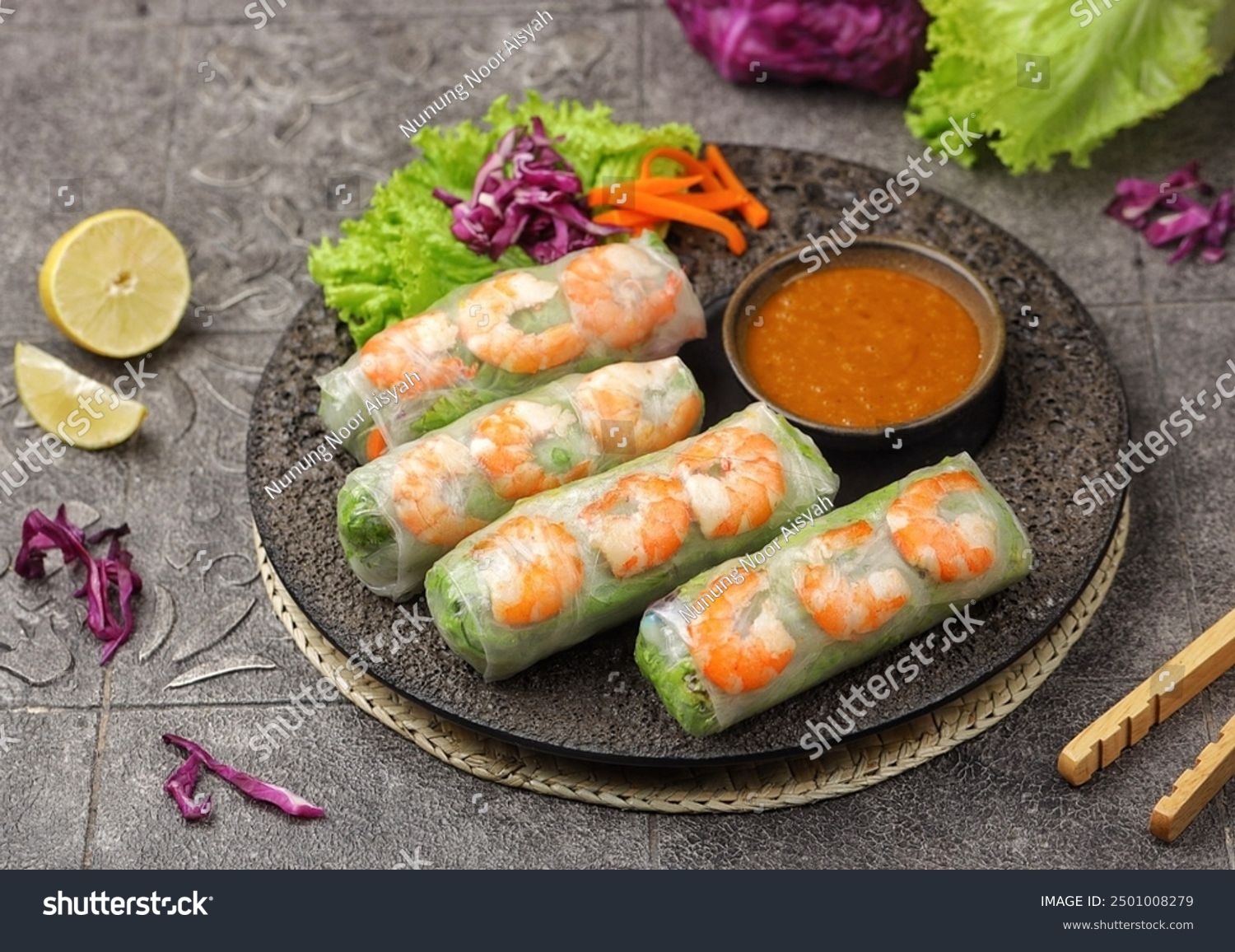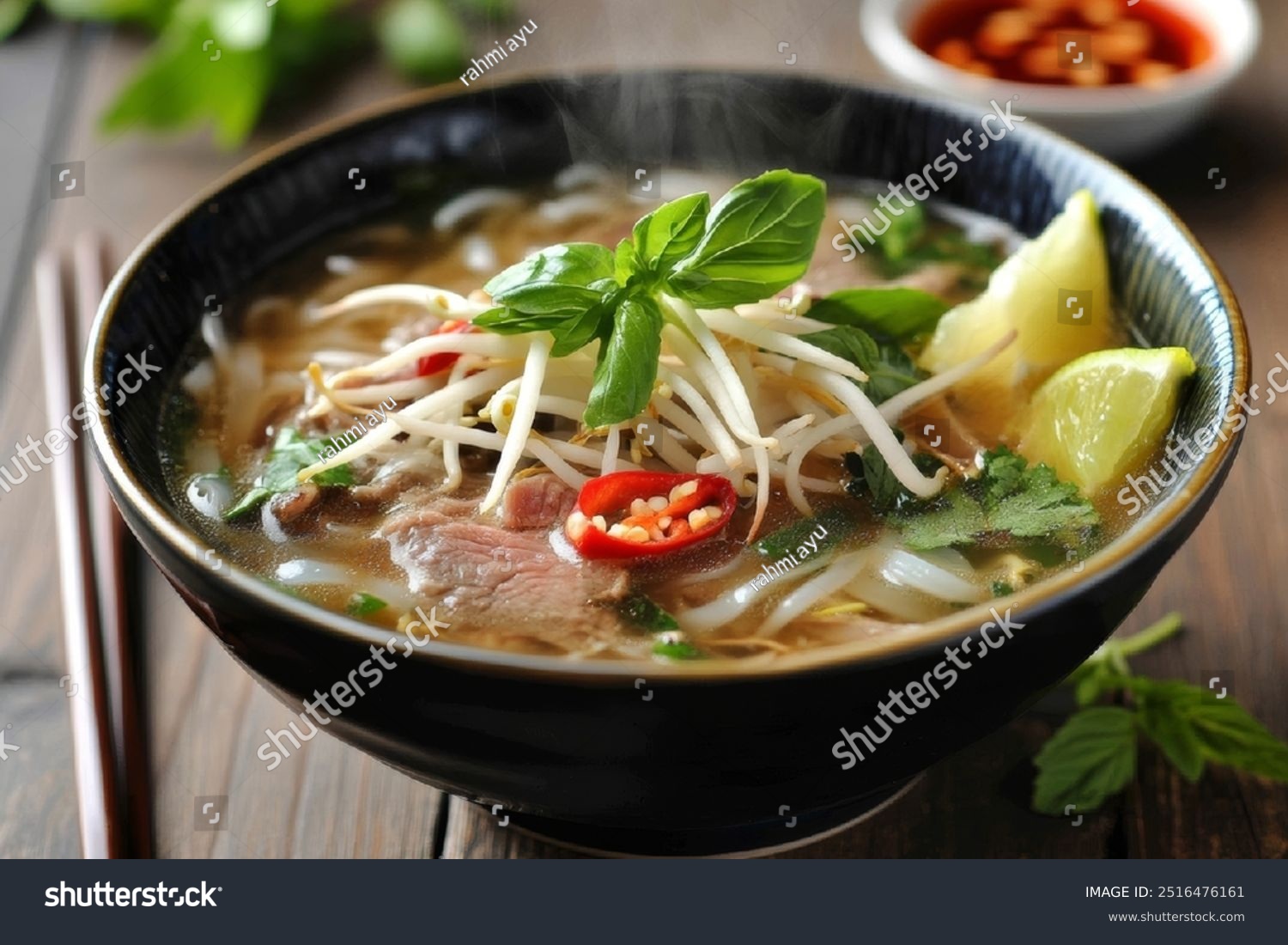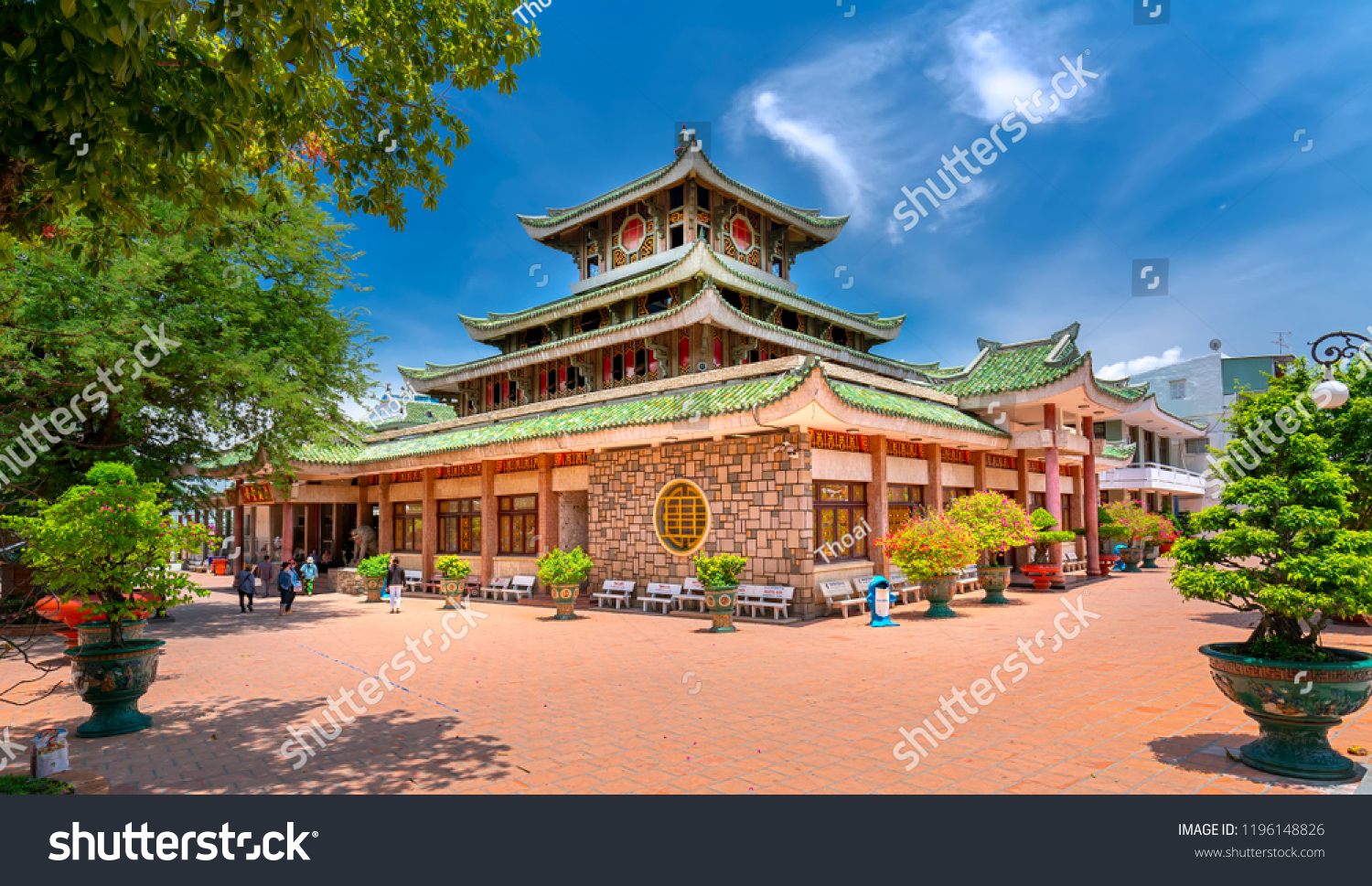A guide to Vietnamese cuisine
There’s a rhythm to Vietnamese street life, a steady hum of scooters weaving through alleyways, the clang of metal ladles against steaming pots, the clipped exchange of orders over low plastic tables. The best way to experience Vietnam isn’t in a ornate dining room but here, on the streets, where the air is thick with the scent of sizzling meat, fragrant herbs, and simmering broth. Food is not just sustenance—it’s a way of life, a story told in the language of salt, spice, and heat.
In Hanoi’s Old Quarter, a woman squats behind a cart, her hands moving with mechanical precision. She pulls a delicate sheet of translucent rice paper from a stack, lays down a handful of crisp vegetables, vermicelli noodles, shrimp, and chicken, then rolls it tightly into a neat cylinder. Gỏi cuốn—Vietnamese spring rolls, the kind of dish that speaks of balance.

Fresh and vibrant, they need no embellishment, just a quick dip in peanut sauce or nước chấm, that tangy, umami-laced fish sauce blend that is the essence of Vietnamese cooking.
To understand Vietnamese food is to understand its deep respect for contrast. The country’s culinary philosophy thrives on harmony—sweet balances salty, heat is softened by cool herbs. In central Vietnam, a bowl of Cao Lầu—silky noodles swimming in a deeply savory broth, topped with crispy pork and fragrant basil—tells the tale of Hội An’s multicultural past.
Down south, in the frenetic sprawl of Ho Chi Minh City, the food gets bolder, sweeter, a reflection of the region’s tropical abundance. Here, skewers of pork caramelized in coconut sugar sizzle over open flames, their scent mingling with the pungent aroma of fresh durian sold from a nearby cart.
And then there is pho. To call it just a noodle soup would be an injustice. It is Vietnam in a bowl—a dish shaped by history, refined through generations. In a tiny shop tucked down an alley in Hanoi, a pot has been bubbling for hours, its surface slick with marrow-rich fat. The scent alone—star anise, cinnamon, the deep umami of simmered beef bones—draws people in from the street.
A bowl arrives, the broth nearly translucent, the noodles silky, the beef thinly sliced and barely cooked by the residual heat. On the side, a plate of bean sprouts, lime wedges, and basil waits for the diner’s hand, an invitation to play with flavor, to customize the dish to personal taste.

Pho is a ritual, a morning staple, a comforting embrace for the road-weary traveler, best enjoyed hunched over a bowl, the steam curling up into the cool morning air.
It is in these quiet moments—leaning against a plastic chair, sipping on a cup of sweet iced coffee thickened with condensed milk—that the essence of Vietnam reveals itself. It is a country that thrives on movement yet knows the value of slowing down to enjoy a meal. Whether it’s the perfect bite of a fresh spring roll or the lingering depth of a slow-simmered broth, Vietnamese cuisine isn’t just about taste. It’s about memory, tradition, and the beauty of a life lived through food.
Hanoi’s Hidden Culinary Journey
Hanoi’s Old Quarter is a warren of flavors, a place where tradition lingers in the air like the scent of sizzling pork. The Lost Plate Food Tour peels back the layers of this culinary capital, leading hungry explorers down hidden alleyways and past colonial facades to family-run kitchens serving dishes perfected over generations.
At a small eatery, Mrs. Xuan works with practiced ease, steaming delicate sheets of rice paper, filling them with minced pork, mushrooms, and herbs before rolling them into bánh cuốn. She ladles out the dipping sauce—umami-rich, slightly sweet—and explains how each garnish transforms the dish.
As the tour winds through Hanoi’s largest wet market, travelers dodge scooters and street vendors, stopping to sample savory snacks. Later, under the glow of hanging lanterns, a sizzling pan arrives at the table—chả cá, turmeric-marinated fish cooked with fresh dill and green onions, a fragrant nod to Hanoi’s culinary history.
From crafting the perfect bánh mì to sipping cocktails infused with Vietnamese spices, this journey is more than a meal. It’s an immersion into the essence of Hanoi.







